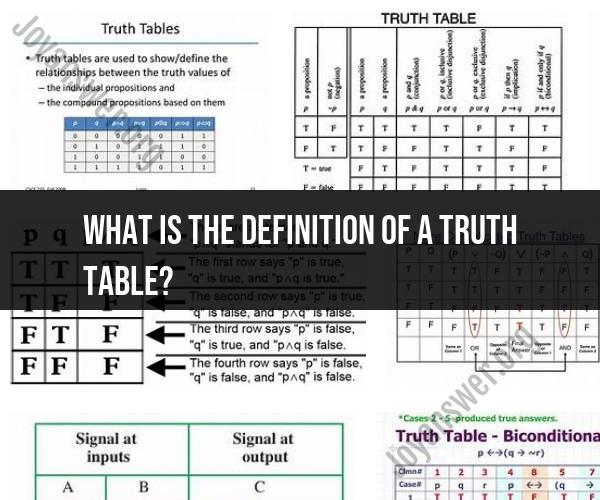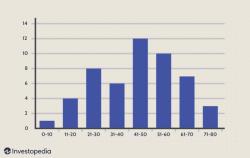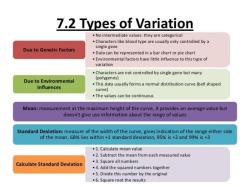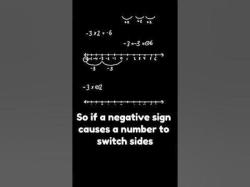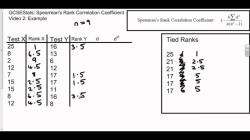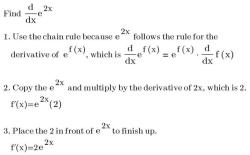What is the definition of a truth table?
A truth table is a structured way of presenting all possible outcomes of a logical expression or proposition. It provides a systematic and comprehensive view of how the truth or falsehood of a compound statement depends on the truth or falsehood of its individual components. Truth tables are widely used in logic, mathematics, computer science, and philosophy to analyze and understand the behavior of logical expressions, such as propositions and logical operators.
In a truth table:
Variables: Each variable in the logical expression is listed as a column header. These variables represent the components of the logical expression, and they can take on two truth values: "true" (T) or "false" (F).
Rows: Each row in the truth table represents a combination of truth values for the variables. There are 2^n rows in a truth table, where "n" is the number of variables. Each row corresponds to a specific assignment of truth values to the variables.
Logical Expression: In the last column of the truth table, the logical expression itself is evaluated for each combination of truth values, and the result (either "true" or "false") is recorded.
Example: Here's a simple example using the logical AND operator (represented as ∧):
P Q P ∧ Q T T T T F F F T F F F F In this truth table, "P" and "Q" are variables, and "P ∧ Q" represents the logical AND of "P" and "Q." The table shows all possible combinations of truth values for "P" and "Q" and the resulting truth values for "P ∧ Q."
Truth tables are valuable tools for determining the truth conditions of complex logical expressions and for verifying the validity of arguments in formal logic. They help ensure that logical reasoning is based on well-defined rules and principles.
Deciphering Truth Tables: Definition and Practical Applications
A truth table is a mathematical table that shows the truth values of a logical expression for all possible combinations of truth values of its component statements. Truth tables are used in logic to analyze the logical structure of statements and to determine the truth value of a compound statement based on the truth values of its component statements.
Truth tables have a wide range of practical applications, including:
- Computer science: Truth tables are used in computer science to design and implement digital circuits and software algorithms.
- Mathematics: Truth tables are used in mathematics to prove theorems and to solve logical problems.
- Philosophy: Truth tables are used in philosophy to analyze the logical structure of arguments and to identify fallacies.
Logic in Action: Understanding the Purpose of Truth Tables
Truth tables are a powerful tool for understanding and analyzing logic. They can be used to:
- Determine the truth value of a compound statement based on the truth values of its component statements. For example, we can use a truth table to determine the truth value of the statement "If it is raining, then the ground is wet" for all possible combinations of truth values of the statements "It is raining" and "The ground is wet."
- Identify the logical structure of a statement. For example, we can use a truth table to determine that the statement "If it is raining, then the ground is wet" is logically equivalent to the statement "The ground is wet only if it is raining."
- Identify fallacies in arguments. For example, we can use a truth table to identify the fallacy of affirming the consequent.
Logical Analysis: How to Create and Interpret Truth Tables
To create a truth table, we first need to identify the component statements of the logical expression we want to analyze. Then, we need to create a table with one column for each component statement and one column for the truth value of the compound expression. Finally, we need to fill in the table by considering all possible combinations of truth values for the component statements and determining the truth value of the compound expression for each combination.
To interpret a truth table, we simply need to look at the column for the truth value of the compound expression. If the truth value of the compound expression is "True" for all possible combinations of truth values of the component statements, then the compound statement is a tautology. If the truth value of the compound expression is "False" for at least one combination of truth values of the component statements, then the compound statement is a contingency.
Here is an example of a truth table:
| P | Q | P → Q |
|---|---|---|
| True | True | True |
| True | False | False |
| False | True | True |
| False | False | True |
The truth table shows that the compound statement "P → Q" is a tautology, meaning that it is always true, regardless of the truth values of the component statements P and Q.
Truth tables can be a complex topic, but they are a valuable tool for understanding and analyzing logic. By understanding how to create and interpret truth tables, you can develop a deeper understanding of how logic works.
